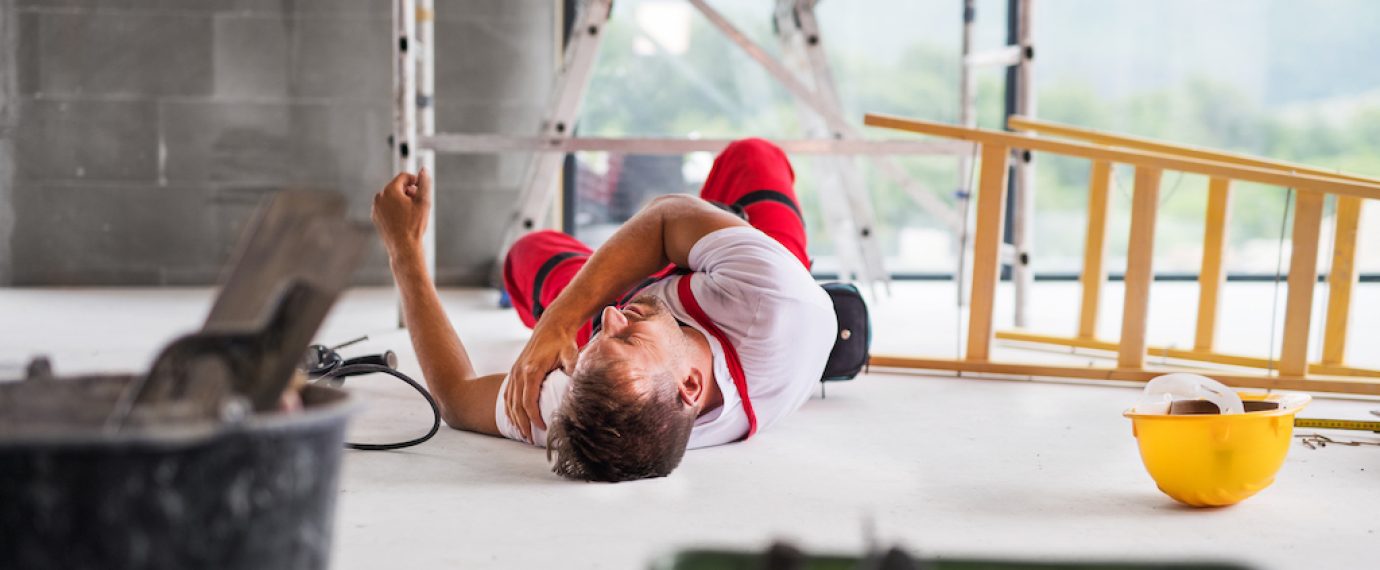The need to focus on the prevention of the most tragic of injuries, life-changing injuries and fatalities, has become clear. Although non-fatal injury rates continue to decrease, the rate of occupational fatalities has flat-lined over the past 10 years and the actual number of fatalities has increased over the past five years. Current fatality rates cite at 3.5 fatalities per 100,000 full-time equivalent workers. This equates to approximately 12-14 fatal occupational injuries every day on the job.
Over the past several years, OSHA has run a campaign-type initiative intended to raise awareness regarding the four leading hazards in the construction industry that can lead to serious injury or death. This initiative is commonly recognized as the “Fatal 4” or the “Focus 4.”
The hazards are Falls, Struck-By, Electrocution, and Caught In-Between. The idea is to bring attention to these four common serious hazards seen regularly on construction sites, find methods of recognition, and work toward the prevention of related serious injuries.
It’s important to note that these hazards do not only exist in the construction industry as they can also be found in general industry and manufacturing. The most recently published fatality data is from 2019, where there were a total of 5,333 on-the-job fatalities. The Fatal 4 account for a whopping 31.5% of all workplace fatalities. Focusing on the Fatal 4 will help you and your organization prevent the worst possible outcome at your job sites or within your facilities.
Let’s take a closer look at the Fatal 4.
Falls
Falls continue to be the leading cause of fatality within the Fatal 4. Falls have led to as many as 36% of all workplace injuries in certain years. In the construction industry, OSHA requires employees to be protected from falls starting at 6 feet. Meanwhile, in General Industry, OSHA requires that employees be protected from falls starting at 4 feet. Even with these requirements, there were 880 fall-related deaths in 2019 (Bureau of Labor Statistics). Employers are required to prevent employees from falling off overhead platforms, elevated workstations, or into holes. This can be done by providing training along with installing guard rails, stair railings, handrails, safety nets, or using a harness and lifeline.
Struck-By
Struck-by incidents are when a person comes in contact with an object that is moving or falling. An estimated 10% of workplace fatalities are due to swinging, falling, or misplaced objects. In 2019, there were 518 struck-by fatalities in all industry (Bureau of Labor Statistics). Struck-by injuries can be prevented by tethering small tools to work belts, wearing PPE (hard hats, gloves, etc.), inspecting all tools prior to use, using pedestrian walkways, and never working under a raised load.
Electrocution
Electrocution is one of several electrical hazards (burns, electric shock, arc flash, fire, explosions) that can lead to serious injury or fatality. Electrocutions are often fatal to workers and typically account for 9% of all workplace-related fatalities. In 2019, electrocutions accounted for 166 deaths across all industry (Bureau of Labor Statistics). Avoid electrocutions by knowing the location of overhead and underground power lines, wearing the proper PPE, training in NFPA 70e, utilizing lockout tagout, inspecting tools prior to use, disconnecting plugs on any power tools or machinery before inspecting or repairing, and keeping metal objects away from live electrical components.
Caught In-Between
Caught in-between hazards occur when an employee is squeezed, caught, crushed, pinched, or compressed between two or more objects or between parts of an object. An estimated 2% of workplace fatalities are due to employees caught in machinery, tools, or devices. There were 120 caught in-between deaths in 2019 (Bureau of Labor Statistics). Avoid caught in-between injuries by recognizing hazards, wearing appropriate PPE, utilizing lockout tagout, guarding any moving or rotating parts, respecting barricades, and working at a safe distance from equipment.
Summary
Recognizing the significance of OSHA’s Fatal 4 is an important step to prevent these types of injuries in the workplace. To make a significant impact requires a strategic approach. Consider your overall organization risk for serious injuries and fatalities, evaluate your resources, develop a strategy to take action, conduct a serious injury risk assessment, and build processes into your overall Health & Safety Management System to evaluate and respond to risk indicators that could lead to these most significant of outcomes.
Contact U.S. Compliance for assistance or if you are interested in a Serious Injury and Fatality Risk Assessment at your facility.



